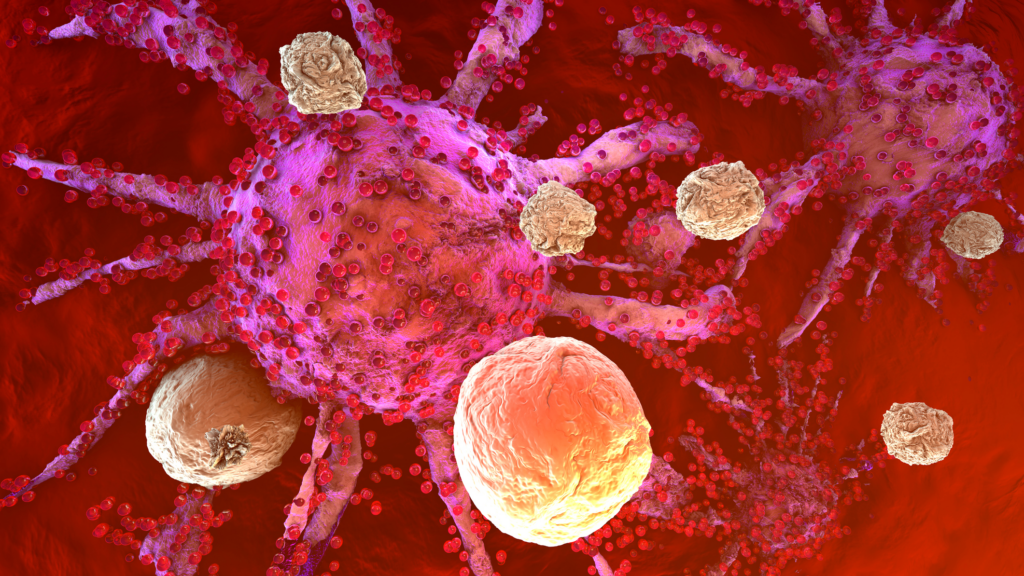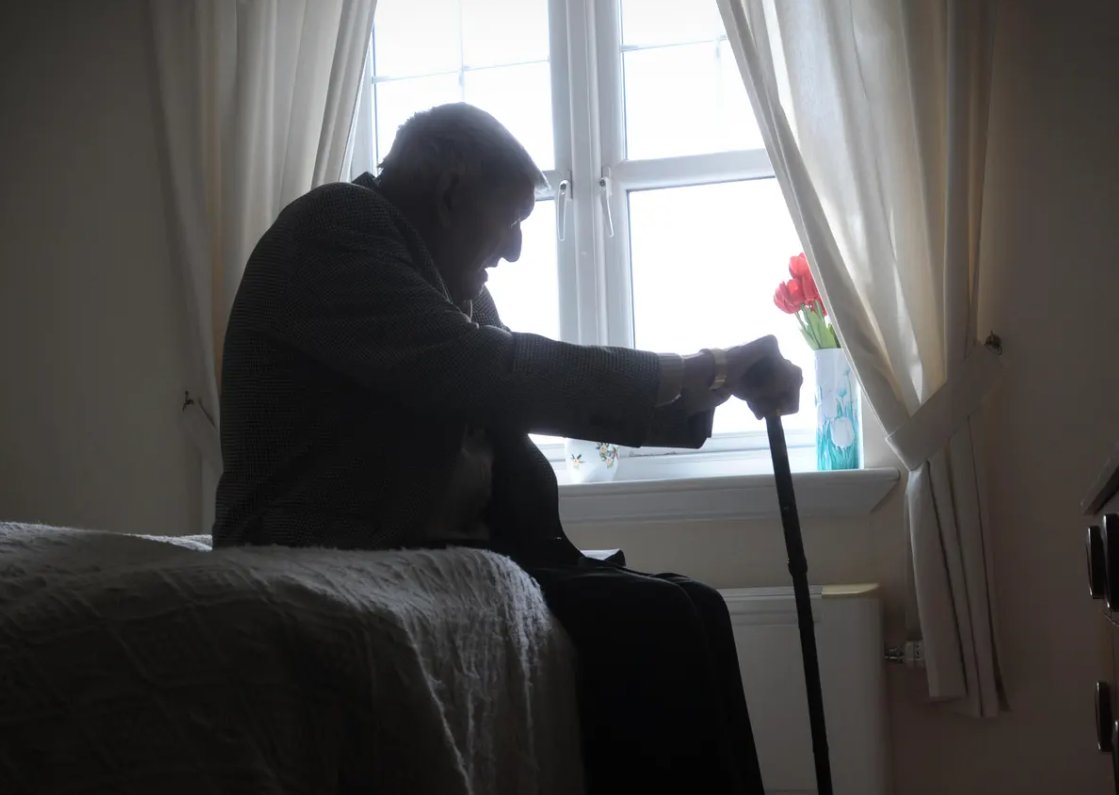
Why are different people affected differently by a SARS-CoV-2 infection? Through this article, based on The Compatibility Gene by Professor Daniel M. Davis, I hope to be able to provide some insight. While this is a very complex subject, with the understanding of the different components and their interactions having developed over the past 60 years or so, I will set it out as clearly as I can. To simplify matters I do not discuss here the role of cytokines or other chemical signalling between cells.
The immune system is built around the body’s ability to distinguish between components that belong there (self) and those that don’t (non-self). Pathogens such as bacteria, protozoa and parasites have very different DNA and are relatively easy to identify as non-self. Viruses are different: how does the immune system distinguish between a healthy ‘self’ cell and an infected ‘self’ cell?
The part of the immune system that is responsible for this are T-cells. T-cell production is controlled by the Thymus gland located in the chest, between the lungs. Significantly, this gland is large in children, starts to shrink post puberty and is very small in older adults. Could this explain why children are less susceptible to the effects of SARS-CoV-2 infection? Could the changes in the thymus gland explain the effects being seen in teenagers and young adults? Are some of these adverse events immune system mediated?
To identify a cell as being ‘self’ requires a signal to be available on the outside of the cell that a passing T-cell can interrogate and hence be aware that it is not an alien cell. The structures that facilitate this are proteins that are expressed on the cell membrane and are present in all nucleated cells in all vertebrates. They have a generic name – Major Histocompatibilty Complex – but are given a specific name in human beings, Human Leucocyte Antigens (HLA). The genes that encode for HLAs are located on chromosome six. There are two classes of HLA genes, Class I and Class II. Class I has three main members which consist of several hundred different versions or alleles across the human population; these members are labelled HLA-A, HLA-B and HLA-C. There are three other genes, which do not have as many alleles, HLA-E, HLA-F, HLA-G, and there are two pseudogenes labelled HLA-K and HLA-L.
Likewise, there are five Class II genes each having two parts that are fully encoded in the resulting protein, these are called α and β. These are labelled HL-DM, HLA-DO, HLA-DP, HL-DQ and HLA-DR.
Class I genes express the proteins on all nucleated cells and are used to carry information about the inner workings of the cell, whereas Class II are to be found on dendritic cells, mononuclear phagocytes, epithelial cells of the thymus gland and B cells, all of which are important in initiating an immune response.
To limit the discussion to viral infections it is necessary to concentrate on Class I genes, and more specifically those with the largest number of variations across the human race, namely HLA-A, HLA-B and HLA-C. Each variation within these subclasses are identified by a number allocated by the World Health Organisation, for example HLA-A*03 or HLA-B*27.
Every individual has one pair of HLA-A, one pair of HLA-B and one pair of HLA-C, one in each pair originating from each parent. There are currently over 7,000 alleles of gene HLA-A; almost 8,500 alleles of gene HLA-B and almost 7,000 alleles of gene HLA-C. Theoretically, according to Prof. Davis, there are enough HLA variants that every single person could have a unique set of genes. This doesn’t happen as some HLA types are more common, but there is still a wide diversity. The upshot of this is that a virus escaping detection in one person will face different HLA types in another person. Prof. Davis further suggests that all humans are 99.9% genetically the same, with the remaining 0.1% accounting for the various differences; however, the biggest variation is to be be found in the immune system genes, particularly the HLA (compatibility) genes.
When the structure of an HLA was finally uncovered in 1987, it was found that there was a groove at the top of the structure that could contain part of a protein called a peptide. Each HLA could hold a peptide from the proteins being created within the cell itself, irrespective of whether the cell was working normally or whether it was infected, with each HLA better at clasping certain peptides. Thus each type of HLA presents a different sample of the proteins being produced by the cell. The HLA protein chain was part of ‘self’ whilst the peptide being presented would be ‘self’ in a healthy, uninfected cell or non-self in an infected cell. T-cells, specifically cytotoxic CD8+ T-cells, would ignore a ‘self’ peptide but would destroy a cell expressing a non-self peptide. Thus the problem of differentiating between ‘self’ and non-self is solved as far as T-cells are concerned.
It is this ability of a cell to present peptides from the processes going on internally that gives rise to the theory behind the mRNA vaccines against SARS-CoV-2. If the mRNA enters a cells then the foreign peptides will be expressed in the HLA protein-spikes on the outside of the cell and these cells will be destroyed by T-Cells.
As a result of these processes any given individual may be better or worse at detecting a particular peptide, depending on the HLA genes they have inherited, and thus may be better or worse at fighting off a particular virus or responding to a particular vaccine.
With such large numbers of variations across all three Class I HLAs, although one particular person may be vulnerable to a particular virus, as a population that vulnerability is significantly reduced. Applying this to SARS-CoV-2 and COVID-19, variability in HLAs may explain why certain populations have a higher risk of serious disease than other populations – particularly since, as shown by Prof. Davis, there are clear geographical distributions of the different HLA combinations, indicating that the evolution of HLAs is dependent on the particular pathogens encountered.
John Collis is a recently retired nurse practitioner.










